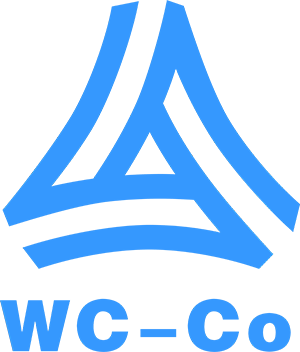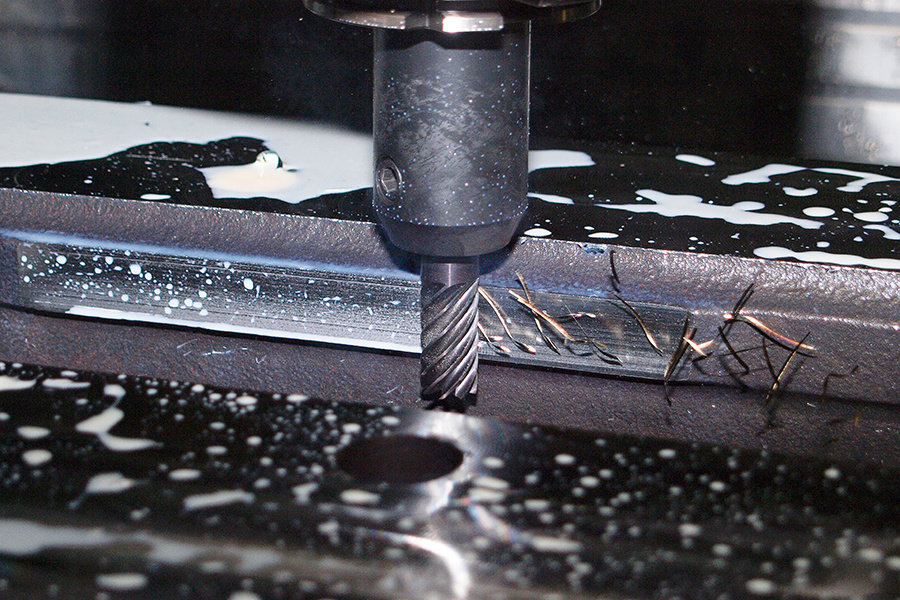Cemented Carbide Inserts One-Stop Service
The structure of the working part of the tool
There are three types of structure of the working part of the tool: integral, welded and mechanically clamped
■The overall structure is to make a cutting edge on the cutter body;
■The welding structure is to braze the blade to the steel cutter body;
■There are two kinds of mechanical clamping structure, one is to clamp the blade on the cutter body, and the other is to clamp the brazed cutter head to the cutter body. Cemented carbide is generally made into a welded structure or a mechanical clamping structure: porcelain cutters are mechanically clamped with a structure.
The geometric parameters of the cutting part of the tool have a great impact on the cutting efficiency and the quality of machining. Increasing the rake angle can reduce the plastic deformation of the rake face when the cutting layer is extruded, reduce the frictional resistance of the chip flowing through the front, and thus reduce the cutting force and cutting heat. However, increasing the rake angle will also reduce the strength of the cutting edge and reduce the heat dissipation volume of the cutter head.
When choosing the angle of the tool, it is necessary to consider the influence of a variety of factors, such as the workpiece material, the tool material, the machining properties (rough, finishing), etc., which must be reasonably selected according to the specific situation. The angle of the tool is usually the angle of the tool that is used for manufacturing and measurement, and the angle of the actual work is different from the angle of the label due to the different installation position of the tool and the change of the direction of cutting movement, but the difference is usually very small.
Next
Next:
Recommended
What are the uses of milling cutters?


